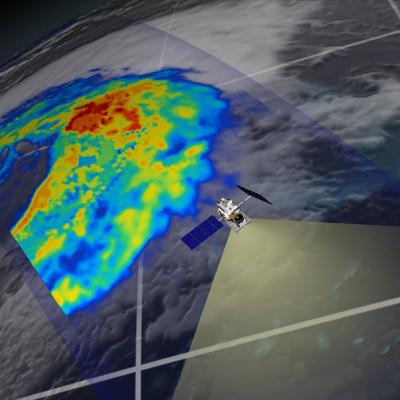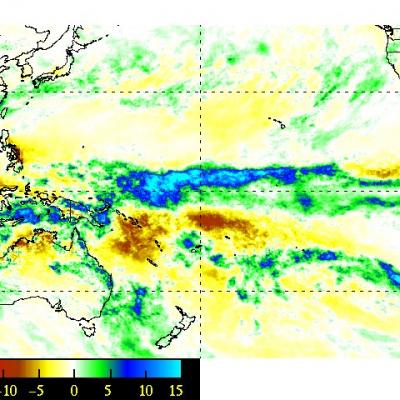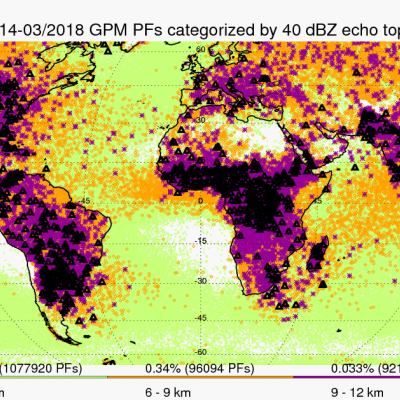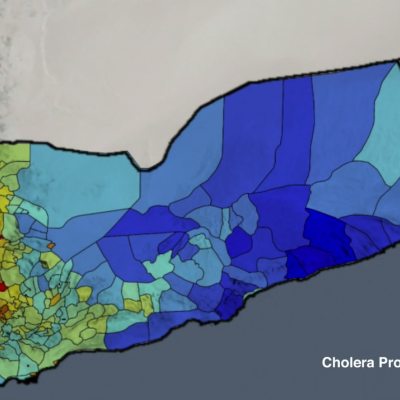2023 PMM Science Team Meeting
The meeting is by invitation* to Precipitation Measurement Mission (PMM) Science Team members and specified affiliates. Monday, September 18, 2023, is devoted to working group meetings. Tuesday through Thursday, September 19-21, 2023, will consist of general oral and poster sessions covering mission/program status, partner reports, science activities, field campaign results, and other science team business. Friday, September 22, 2023, is devoted to algorithm team meetings (all Science Team Meeting attendees are invited).





